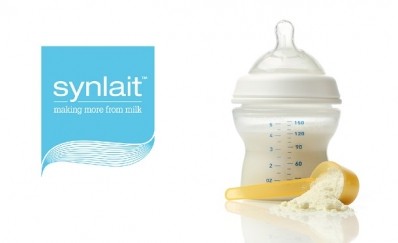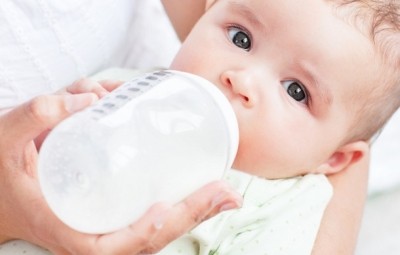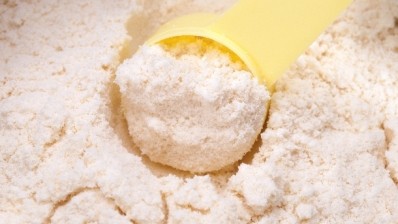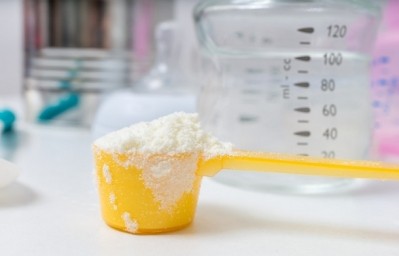FDA drafts recommendations on handling substances that come in contact with infant formula and breast milk
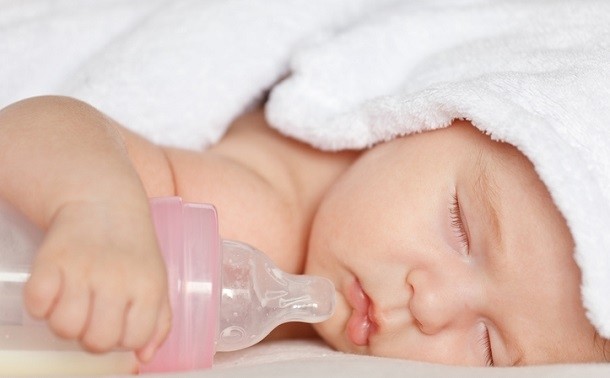
The guidance applies specifically to material that may be used in infant formula packaging and any other products used to store human milk such as baby bottles and inserts.
The FDA has previously issued guidance for FCSs, but it did not include dietary exposure and safety assessment considerations related to the migration of chemical substances from packaging and other food contact items pertaining to infants.
Protecting infant developmental period
The reasoning behind a separate, specific guidance for FCSs for infant nutrition is because there are clear differences between adults and infants when comparing metabolic factors. For example, the metabolic profile of infants can result in either increased or decreased susceptibility to toxic chemicals.
In addition to differences in metabolic processes, infants undergo distinctive periods of rapid growth and development between birth and six months of age. The rapid growth, extensive tissue reorganization, and cellular changes associated with structural maturation and functional differentiation during the developmental period may result in enhanced susceptibility to toxins that could lead to chronic disease, the FDA stated in the draft guidance.
The distinction between varying safety assessment for adults and adults plays out in the use of ethanol as a food simulant. Conventional milk products intended for consumption of those older than six months can be treated with 10% ethanol as a food simulant. However, the FDA considers 50% ethanol as a generally appropriate simulant for infant formula (liquid or otherwise reconstituted) and human milk. It is also considered generally accepted to use 50% ethanol as a simulant for non-dairy based infant formulas, such as soy-based infant formulas, since the fat content of such formulas is similar to the fat content of milk-based infant formulas.
Toxicology recommendations
According to draft guidance, the FDA recommends that manufacturers or suppliers develop their own safety assessment based on estimated of toxin exposure following a tiered testing system. In the FDA’s 2002 toxicology guidance, the agency recommends following a four-tiered system calculated in micrograms per person per day.
However, the four tiers identified in the 2002 toxicology guidance may not always be adequate to assess the safety of an FCS that contacts human milk and/or infant formula and the FDA notes that additional testing may be required.
